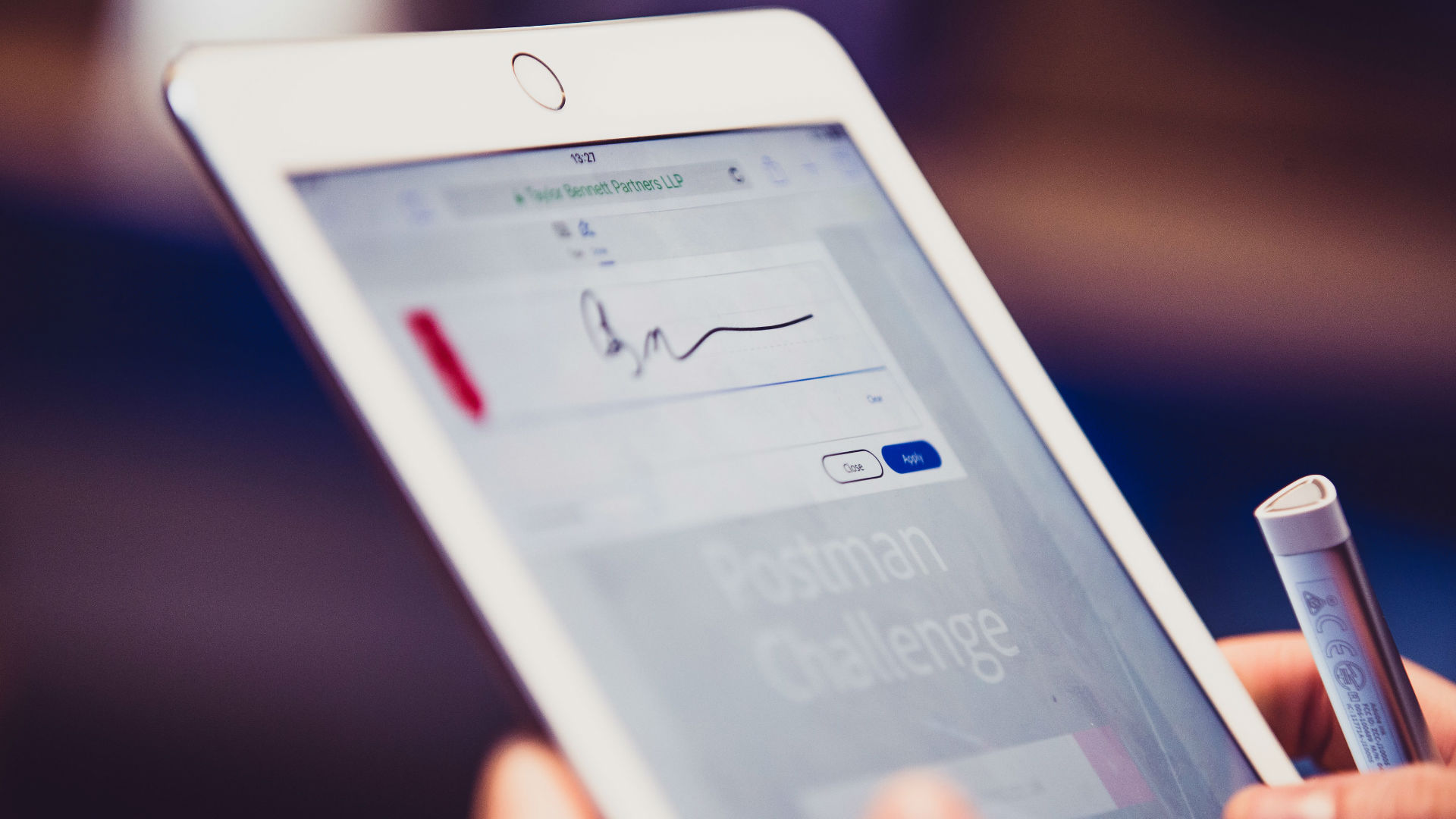Adobe tops security risk list
Acrobat Reader leads the pack as the most risky PC vulnerability.

Adobe has taken top spot in a new league table highlighting PC vulnerabilities.
The report, released by Kaspersky Labs, revealed the top 10 PC security risk programs, with Adobe Acrobat coming in first place.
However, the situation gets worse for Adobe, which also has programs ranked in 2nd, 3rd, 9th and 10th place on the same list.
A specific vulnerability within Adobe Acrobat Reader was reportedly found in around 40 per cent of surveyed computers a security flaw which Kaspersky Labs ranked as "extremely critical." The report claimed the hole allowed hackers to gain access to a PC via local user privileges, where they could then release malignant code.
Adobe Reader comes up a second time in the report in 10th place with "multiple vulnerabilities" this time with only an eight per cent occurrence rate but still achieving a "highly critical" score.
Adobe Flash Player does little better, occupying both second and third positions in the chart - also reported as having multiple vulnerabilities. Flash appears to have similar problems to Acrobat but with the additional issues of "exposure of sensitive information" and a "bypass" of security systems.
Adobe Shockwave also makes an appearance in 9th place, with a "highly critical" rating.
Get the ITPro daily newsletter
Sign up today and you will receive a free copy of our Future Focus 2025 report - the leading guidance on AI, cybersecurity and other IT challenges as per 700+ senior executives
It's not just Adobe receiving this embarrassing exposure though, as the report is damning for some of the biggest names in technology.
Microsoft Office OneNote comes in at number eight on the list, following WinAmp in 7th place. Meanwhile, Apple's Quicktime has multiple vulnerabilities in 6th place and Sun's Java sits in both 4th and 5th position.
The report said in 2010 the majority of programs on the list were Microsoft, while this year only one such program is present.
Kaspersky labs said in the report: "All of the vulnerabilities that appeared in the top 10 enable cyber criminals to take control of computers at the system level, which makes the other benefits seem relatively insignificant."
-
 Bigger salaries, more burnout: Is the CISO role in crisis?
Bigger salaries, more burnout: Is the CISO role in crisis?In-depth CISOs are more stressed than ever before – but why is this and what can be done?
By Kate O'Flaherty Published
-
 Cheap cyber crime kits can be bought on the dark web for less than $25
Cheap cyber crime kits can be bought on the dark web for less than $25News Research from NordVPN shows phishing kits are now widely available on the dark web and via messaging apps like Telegram, and are often selling for less than $25.
By Emma Woollacott Published
-
 Warning issued over “incomplete” fix for Adobe ColdFusion vulnerability
Warning issued over “incomplete” fix for Adobe ColdFusion vulnerabilityNews An incomplete fix for a vulnerability disclosure could be placing users at risk, researchers warned
By Ross Kelly Published
-
 Adobe forced to patch its own failed security update
Adobe forced to patch its own failed security updateNews Company issues new fix for e-commerce vulnerability after researchers bypass the original update
By Danny Bradbury Published
-
 Ask more from your CMS
Ask more from your CMSWhitepaper How to get the most value in the shortest timespan
By ITPro Published
-
 Adobe battles fake photos with editing tags
Adobe battles fake photos with editing tagsNews Photoshop will include new tagging tools later this year to help fight against misinformation and deep fakes
By Nicole Kobie Published
-
 Adobe Photoshop Elements 2019 review: Trapped in the photo-editing middle ground
Adobe Photoshop Elements 2019 review: Trapped in the photo-editing middle groundReviews A once peerless beginner’s photo-editing package that’s past its prime
By Barry Collins Published
-
 How Adobe saved BT £630,000
How Adobe saved BT £630,000Sponsored Adobe’s digital signature platform is saving time and money - and forging stronger connections between businesses and customers
By ITPro Published
-
 Don't settle when it comes to creativity
Don't settle when it comes to creativitySponsored Getting the best out of your creative design team means equipping them with the best software
By ITPro Published
-
 The benefits of a subscription service
The benefits of a subscription serviceSponsored Why software vendors are increasingly moving to a subscription model
By ITPro Published